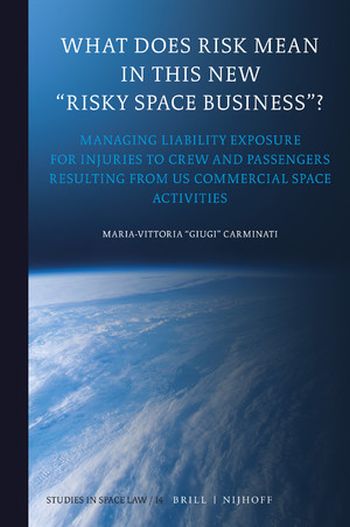
In the only analysis of its kind, Dr. Maria-Vittoria “Giugi” Carminati asks the question: if a commercial space operator kills or injures one of its spaceflight participants or a crewmember, what is the extent of the operator’s liability? In the United States, that question has no clear answer. Dr. Carminati explores the way the United States manages liability, at state and federal level, and from state to state.
Tort law in the United States exists at the state level. However, commercial spaceflight and its regulation are creatures of federal law. Understanding how these two systems interact and, often, conflict is critical to understanding how commercial spaceflight operators can manage exposure.